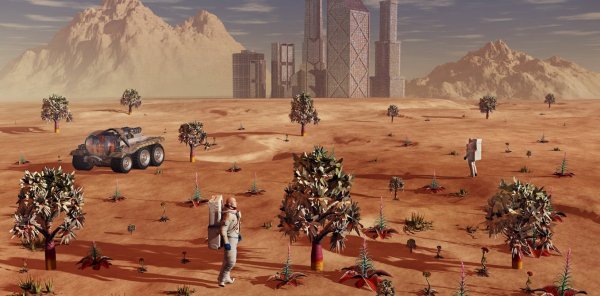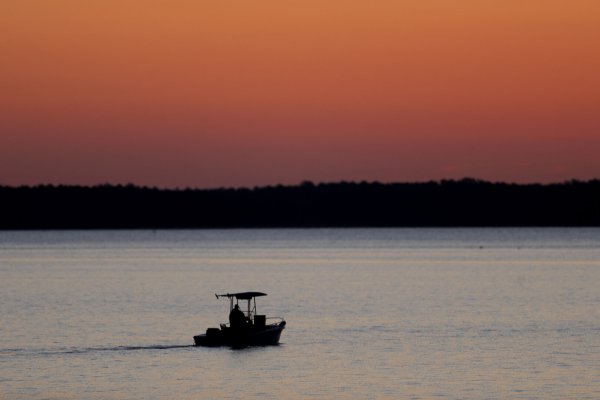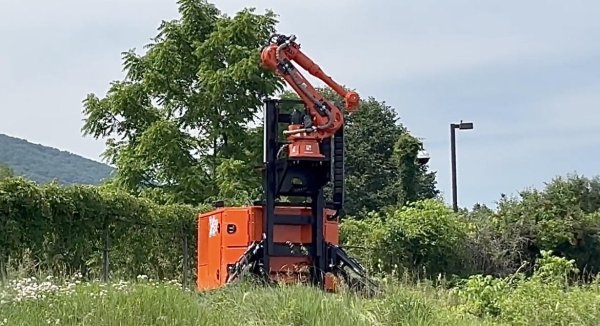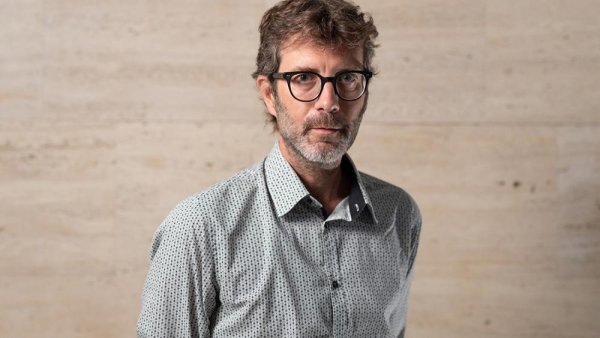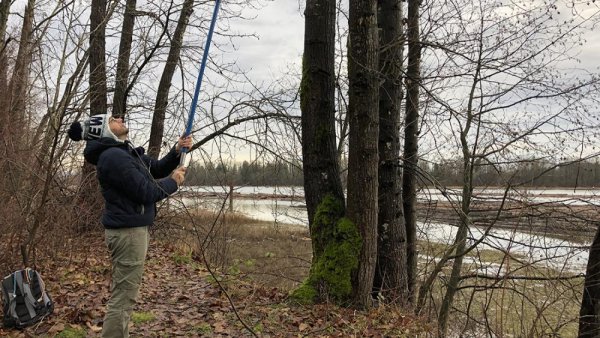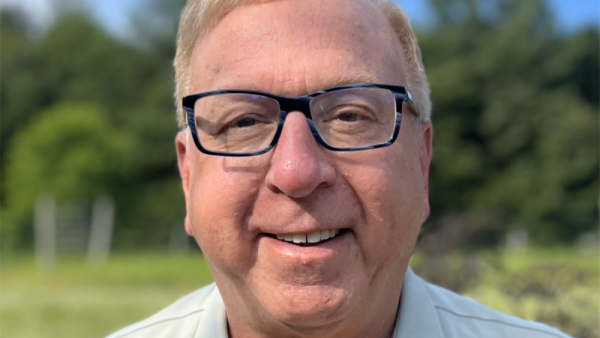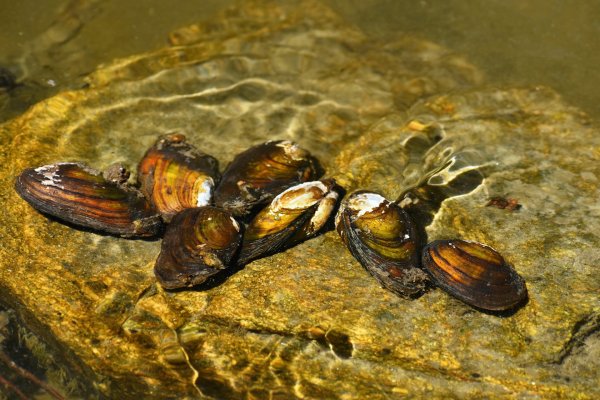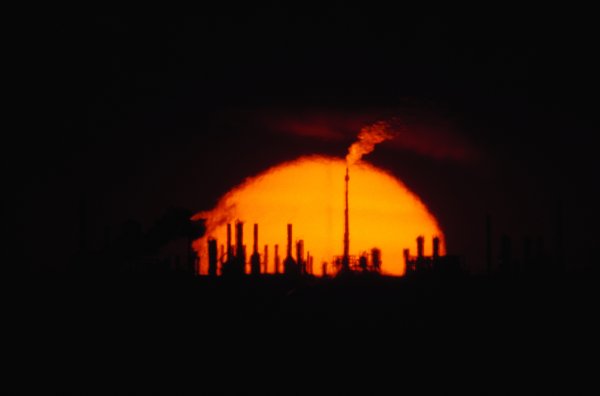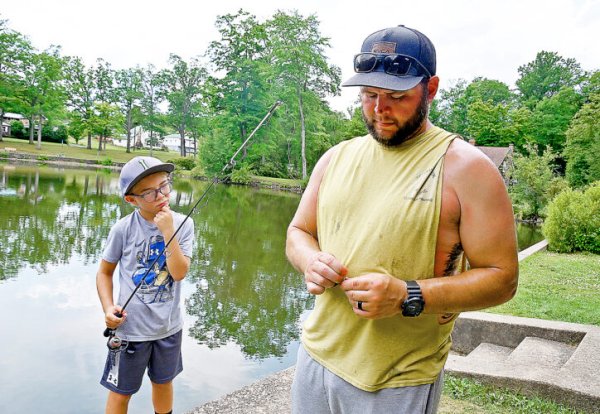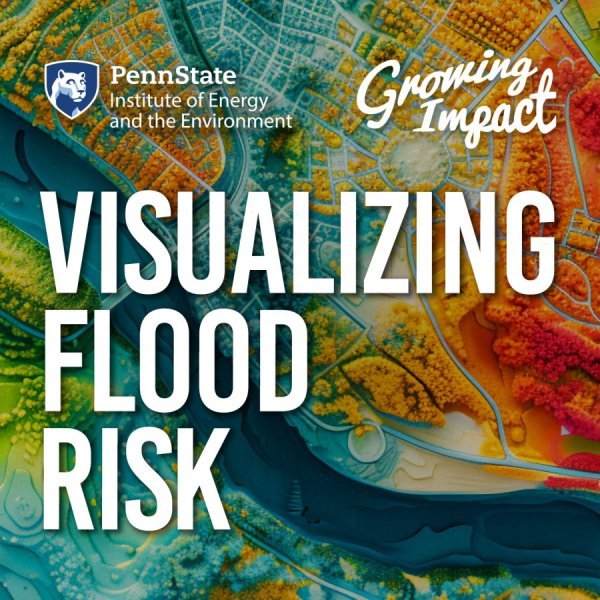Could people turn Mars into another Earth? Here’s what it would take to transform its barren landscape into a life-friendly world
| theconversation.com
Liquid water, breathable air and a sustainable food supply are three of the essentials Mars would need for people to live comfortably there. This article was written by Sven Bilén, professor of engineering design.
Are spotted lanternflies making a reappearance?
| pittsburghmagazine.com
Last summer, Pittsburgh was crawling with thousands upon thousands of Spotted Lanternflies. Here’s what to expect from the bug this summer. This article mentions Penn State research.
Pa. waterways contribute to Chesapeake Bay earning its best grade in over two decades in this year’s report card
| stateimpact.npr.org
Efforts to clean Pennsylvania’s local waterways have contributed to the best overall health of Chesapeake Bay –– the largest estuary in the United States — in over 20 years, according to a recent analysis.
Different disciplines are a catalyst for innovation at X-Hab 3D
| happyvalleyindustry.com
X-Hab 3D, originally born from a NASA Centennial Challenge and the work of Penn State researchers, focuses on developing expeditionary-grade, mobile 3D concrete printers and, at the time of prior coverage, the company had received a DARPA grant to develop carbon-neutral material formulations for artificial reefs along coastlines.
Architecture department welcomes Spanish architect, educator to faculty
| psu.edu
The Stuckeman School in the College of Arts and Architecture will welcome Spanish architect and educator Amadeu Santacana to its Department of Architecture faculty as an assistant teaching professor, effective Aug. 1.
Discovery of a hybrid lineage offers clues to how trees adapt to climate change
| psu.edu
The discovery of a hybrid population of poplar trees in western Wyoming has provided insight into how natural hybridization informs the evolution of many plant species, according to a team led by Penn State researchers. They also said their discovery, which was published in the journal Molecular Ecology, suggests that genetic exchange between species may be critical for adaptation to environmental change.
Abler named head of Ag Department of Economics, Sociology, and Education
| psu.edu
Dave Abler, professor of agricultural, environmental and regional economics and demography, has been appointed head of the Department of Agricultural Economics, Sociology, and Education at Penn State, effective August 1.
Researchers make concerning discovery in mussels found living near former wastewater plant — here's how it could affect the food chain
| thecooldown.com
Researchers found high levels of radium in mussels' tissues and shells, revealing how dangerous treated fracking wastewater can be. This article mentions Penn State research.
After a long slog, climate change lawsuits will finally put Big Oil on trial
| dailymontanan.com
After the United States Supreme Court decided that most of the challenges against big oil and gas belonged in state court, those cases could reshape the conversation of climate change in America. This article quotes Hannah Wiseman, professor of law at Penn State Law.
Scientists' 'crucial' breakthrough could lead to car batteries that last significantly longer — here's how
| msn.com
Scientists have developed a groundbreaking new lithium battery that could dramatically extend the driving range of EVs. This article mentions Penn State research.
ICDS co-hire uses experience to develop fundamental algorithms
| psu.edu
Penn State Institute for Computational and Data Sciences co-hire and professor of mathematics and meteorology John Harlim uses his experience in applied mathematics and data science to design computational algorithms and understand which scientific problems they can and can’t solve.
Warming waters: Park managers ensure lakes, streams safe for humans, wildlife
| altoonamirror.com
As hot and humid conditions persist across the region, area park managers are keeping an eye on lakes and streams, ensuring the water remains safe for public use and native wildlife. This article quotes Edward Levri, professor of biology at Penn State Altoona.

